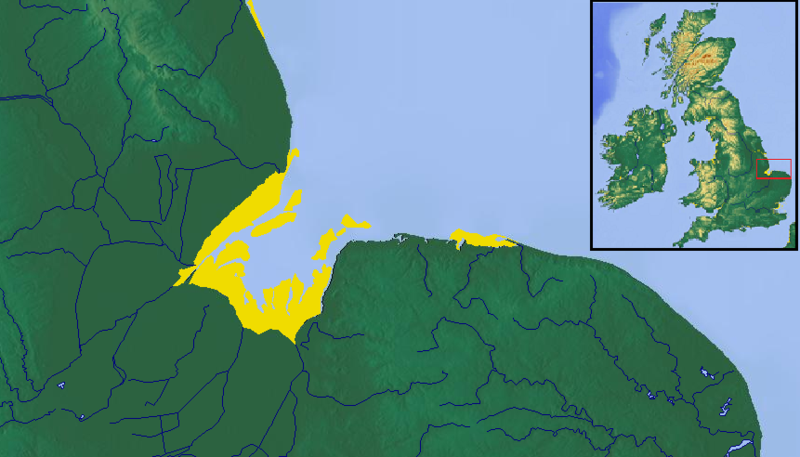Alexander got caught up in English politics early on, but in the north there was trouble. Adam, the abbot of Melrose and bishop of Caithness, was killed by burning because of a tax of butter he imposed on locals. The Norse ruler, the jarl ("earl") of Orkney, Jon Haraldsson, had supposedly uttered the words "The devil take the bishop and his butter; you may roast him if you please!" Adam was burned at his home on 11 September 1222.
Although Caithness was on the mainland, it was part of the Kingdom of Norway. When word got out of the death and Haraldsson's comment, the blame was put on the jarl. Alexander took an army north, intending to use the death of a mainland subject to assert control over this mainland part of the Orkney kingdom. He hanged most of the farmers and mutilated the rest. Haraldsson swore oaths to his innocence, so Alexander did not pursue further vengeance—but he kept the mainland.
Alexander also brought Argyll (including the Inner Hebrides) under his rule, and ended a revolt in Galloway in 1235. He tried to bring the Isle of Mann and Outer Hebrides into the fold, but he died while planning a military venture there.
That would wait until success by his son, Alexander III. This was not a son by his first wife, King John's daughter, Joan of England. Joan died in 1238, while she was only 27, having not produced an heir. Alexander then married Marie de Coucy (incidentally angering Henry III, because it created a Scottish-French alliance). When their son, Alexander III, turned 21, he pledged to fulfill his father's wish of bringing the western isles into Scotland proper.
How that turned out is a story for tomorrow.






